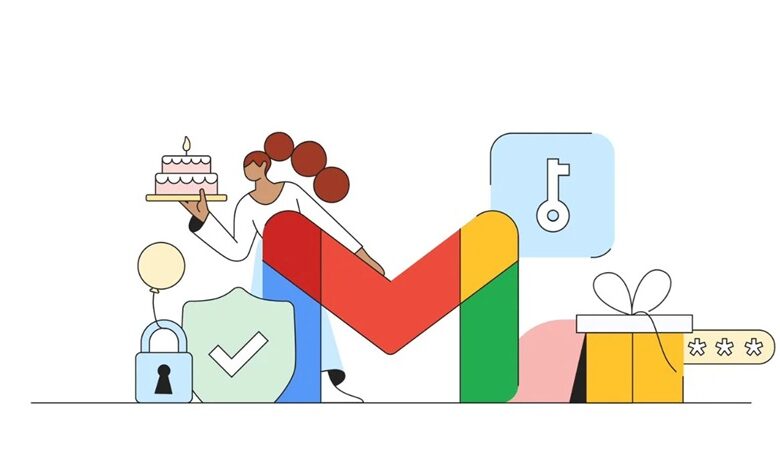Google Updating Gmail to Allow Enterprise Users to Send End-to-End Encrypted Emails Across Platforms
News Mania Desk / Piyal Chatterjee / 2nd April 2025

Google is allowing its enterprise users to effortlessly send end-to-end encrypted emails through Gmail. On Wednesday, the tech giant based in Mountain View announced that it has advanced in the implementation of the Secure/Multipurpose Internet Mail Extensions (S/MIME) protocol, making it simpler for users to send encrypted emails to others on Gmail and other email clients. The company stated that this will enable even businesses without extensive IT infrastructure to easily send encrypted emails.
In a blog entry, Google explained the new privacy feature for its email application. This enables eligible users to send end-to-end encrypted (E2EE) emails to any recipient in any email inbox by following a few simple steps. It is important to highlight that this is not solely carried out by Gmail; rather, the emails are safeguarded with encryption keys that the user manages. These keys will not be accessible to Google servers to maintain privacy and security.
The technology giant stated that this new feature will demand little effort from both IT teams and end users, and it will be primarily implemented by Google. The encryption feature is being gradually implemented in beta. Upon release, enterprise users can only send encrypted emails to Gmail users within their own organization. Nonetheless, in the following weeks, the company will broaden it to ensure that all email clients can access end-to-end encrypted emails.
If the email’s recipient uses Gmail, the client will automatically decrypt it in the inbox without needing the user to perform any extra steps. If the recipient does not use Gmail, they will receive an invitation from Google to access a guest Google Workspace account, allowing them to view the email in a limited environment.
Google stated that in addition to E2EE email protection, it is also introducing various other security enhancements in Gmail. This encompasses the CSE default mode that enables IT administrators to designate E2EE messages as the standard setting, Classification labels to assist users in grasping email sensitivity, and the data loss prevention (DLP) tool that permits users to automatically apply labels to emails and take actions according to the chosen label.






